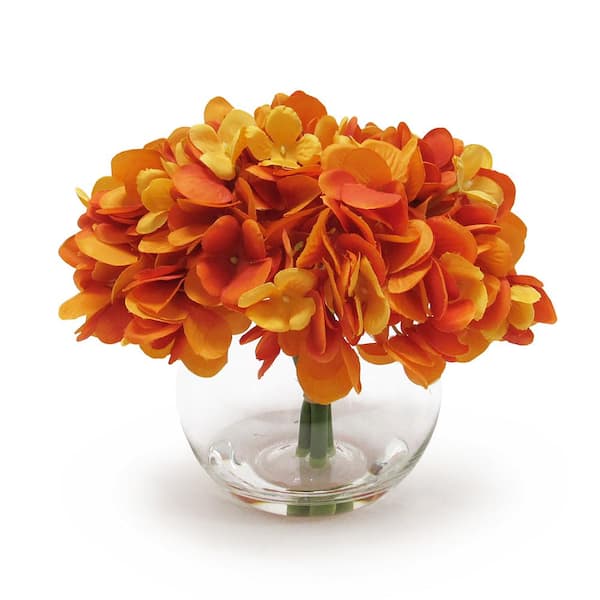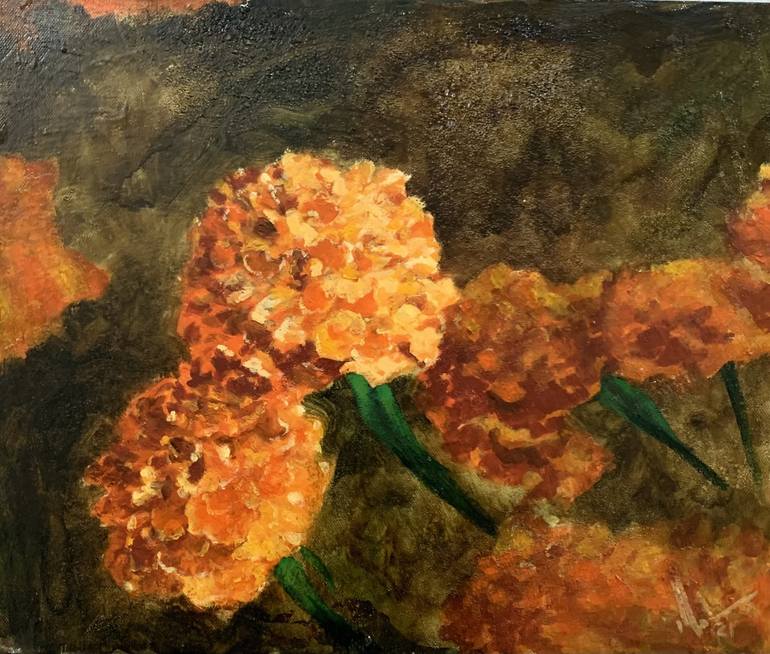The Secret To Growing Orange Hydrangeas
Introduction
Hydrangeas are some of the most popular flowering shrubs in the world. They come in a wide variety of colors, including blue, pink, purple, and white. But did you know that it is possible to grow orange hydrangeas?
In fact, there are a few different ways to do this. The most common way is to change the pH of the soil. Hydrangeas change color based on the acidity of the soil they are planted in. In acidic soil, hydrangeas will bloom blue. In alkaline soil, they will bloom pink. And in neutral soil, they will bloom purple.
So, if you want to grow orange hydrangeas, you need to make your soil more alkaline. You can do this by adding lime to the soil. You can also buy special hydrangea fertilizers that will help to increase the alkalinity of the soil.
Main Content
In addition to changing the pH of the soil, there are a few other things you can do to help your hydrangeas bloom orange. First, make sure that they are getting enough sunlight. Hydrangeas need at least six hours of sunlight per day.
Second, water your hydrangeas regularly. They need moist soil, but they should not be sitting in water.
Third, fertilize your hydrangeas every spring. Use a fertilizer that is high in potassium.
Finally, be patient. It may take a few years for your hydrangeas to start blooming orange. But with a little care and attention, you can enjoy these beautiful flowers in your garden.
Here are some additional tips for growing orange hydrangeas:
- Choose a variety of hydrangea that is known to bloom orange. Some good varieties include 'Limelight', 'Endless Summer', and 'Fireworks'.
- Plant your hydrangeas in a location that gets full sun in the morning and afternoon shade.
- Water your hydrangeas deeply once a week.
- Fertilize your hydrangeas with a balanced fertilizer in the spring.
- Prune your hydrangeas in the spring to encourage new growth.
Conclusion
Growing orange hydrangeas is a challenge, but it is definitely possible with a little care and attention. By following these tips, you can enjoy these beautiful flowers in your garden for many years to come.
Orange hydrangeas are a beautiful and unique flower that can add a touch of color to any garden. They are not as common as blue or pink hydrangeas, but they are becoming increasingly popular. Orange hydrangeas get their color from the acidity of the soil. In acidic soil, the flowers will be a deeper orange, while in alkaline soil, they will be more of a pink or red color.
If you are interested in learning more about orange hydrangeas, I recommend visiting . This website has a wealth of information about orange hydrangeas, including their history, care, and how to get the best color in your garden.
Here are some of the things you can learn on the website:
- The different types of orange hydrangeas
- How to choose the right location for your orange hydrangeas
- How to care for orange hydrangeas
- How to get the best color in your orange hydrangeas
I also recommend checking out the website's forum, where you can ask questions and get advice from other orange hydrangea enthusiasts.
FAQ of orange hydrangeas
1. What causes hydrangeas to turn orange?
The color of hydrangea flowers is determined by the pH of the soil. In acidic soil, hydrangeas will turn blue or purple. In alkaline soil, they will turn pink or red. Orange hydrangeas are typically grown in alkaline soil, but they can also be achieved by adding aluminum sulfate to acidic soil.
2. How do I care for orange hydrangeas?
Orange hydrangeas require full sun to partial shade and well-drained soil. They should be watered regularly, especially during hot, dry weather. To maintain their orange color, you can add aluminum sulfate to the soil every few months.
3. How long do orange hydrangeas bloom?
Orange hydrangeas typically bloom from mid-summer to early fall. The exact bloom time will vary depending on the variety and the climate.
4. How can I propagate orange hydrangeas?
Orange hydrangeas can be propagated by cuttings or division. Cuttings should be taken in early spring or late summer. Division can be done in the spring or fall.
5. What are some pests and diseases that affect orange hydrangeas?
Orange hydrangeas are susceptible to a few pests and diseases, including aphids, scale, and powdery mildew. These pests and diseases can be controlled with insecticidal soap, neem oil, or fungicide.
Image of orange hydrangeas
5 different images of orange hydrangeas from Pinterest:
This image shows a beautiful bouquet of orange hydrangeas in a vase. The hydrangeas are a deep orange color, and they are surrounded by greenery. This would make a stunning centerpiece for a table or a mantle.
This image shows a bed of orange hydrangeas in a garden. The hydrangeas are in full bloom, and they are surrounded by other flowers and plants. This would make a beautiful addition to any garden.
This image shows a terrarium with orange hydrangeas. The hydrangeas are a bright orange color, and they are surrounded by other plants and moss. This would make a unique and interesting terrarium.
This image shows a wreath made of orange hydrangeas. The hydrangeas are a deep orange color, and they are surrounded by greenery. This would make a beautiful holiday wreath or a door decoration.
This image shows a painting of orange hydrangeas. The hydrangeas are a bright orange color, and they are surrounded by a lush green background. This would make a beautiful painting to hang in a home or office.





Post a Comment for "The Secret To Growing Orange Hydrangeas"